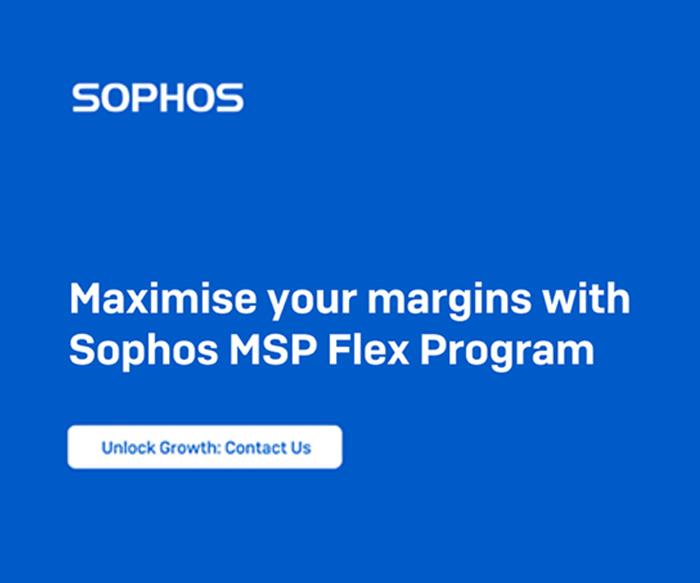Tech titan Acer has announced the new Chromebox for meetings CXV2, a solution for videoconferencing that includes hardware, software, and support all in one box.
Booting up in about eight seconds and supporting up to 15 conference participants across various devices, the solution is easy to set up and manage, with 24/7 technical support included.
The new Chromebox for meetings CXV2 is the latest addition to Acer?s portfolio of Chrome OS products including Chromebooks, Chromeboxes, and Chromebases.
According to data from Gartner, Acer is currently the world?s leading Chromebook brand with over 34% market share for the first three quarters of 2015.
Powered by Intel Core i7 processor and Intel HD Graphics that supports Ultra HD video output, the Acer Chromebox for meetings CXV2 is bundled with a high-quality camera, remote control, and microphone/speaker.
The camera supports up to Full HD 1080p (1920 x 1080) resolution, and features Carl Zeiss lens with autofocus, and automatic low-light correction.
The speaker and omni-directional microphone supports wideband frequency response, and built-in digital signal processor for speech clarity, and features mute, end call, and volume buttons.
The RF-based wireless remote control with a full QWERTY keyboard enables easy operation and collaboration, while an optional VESA bracket allows the Chromebox to be tucked-away behind monitors to save space.
Based on Chrome OS, the Acer Chromebox for meetings CXV2 automatically updates itself every six weeks to ensure the latest software and security features are always installed.
All data stored on the Chromebox are encrypted and protected by its TPM (Trusted Platform Module) 1.2 chip, which securely generates and stores cryptographic keys. Each time Chrome OS boots up, it checks the integrity and validity of system files to ensure they have not been tampered with.
In addition to being secure, enterprise IT administrators can deploy and manage hundreds or thousands of Chrome devices with ease through Chrome Device Management, significantly reducing the workload of technical support and consequently reducing the total cost of ownership (TCO) for organizations.





